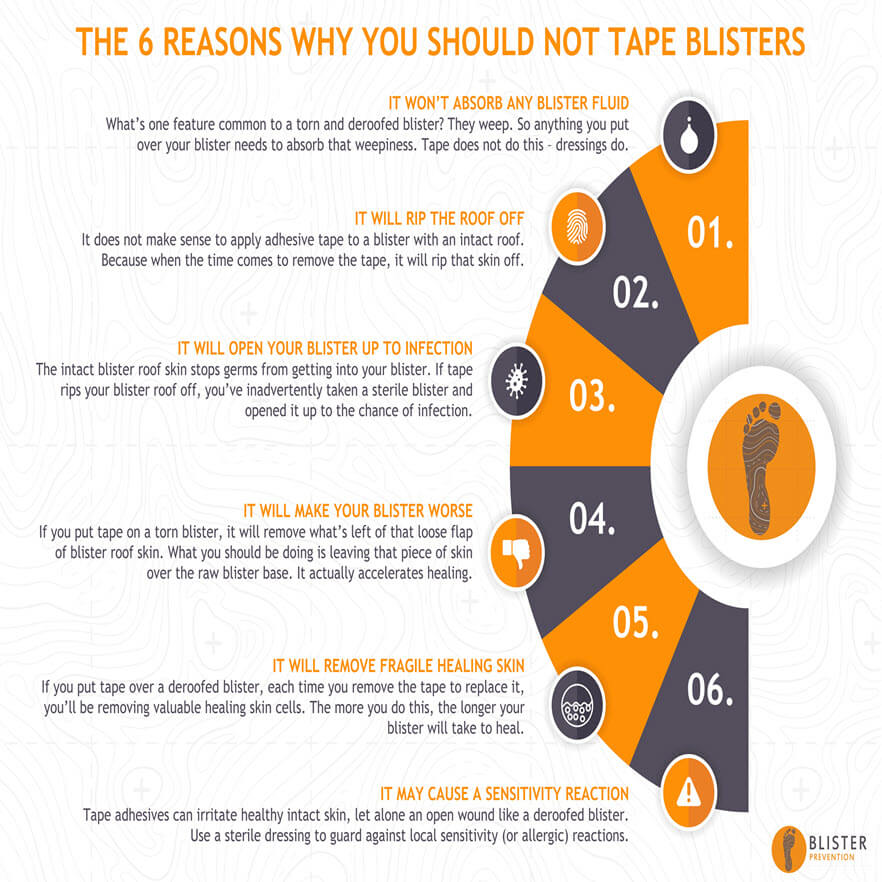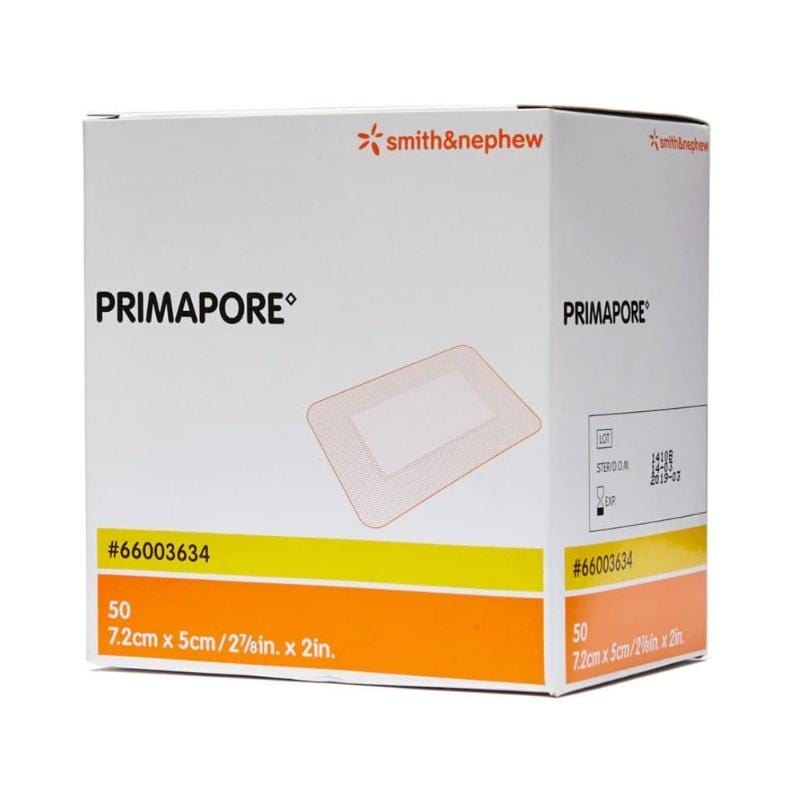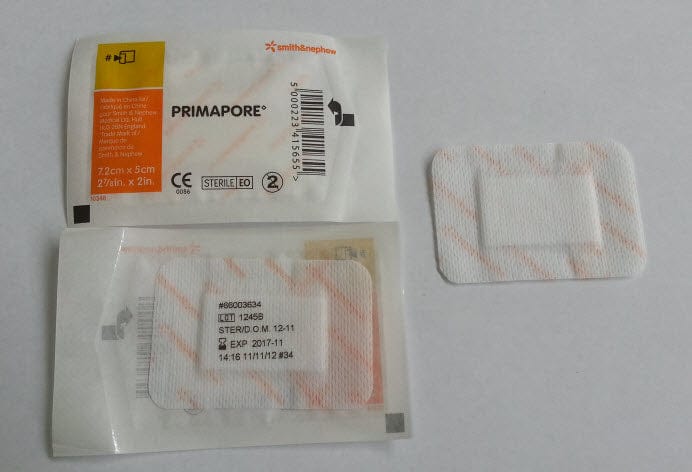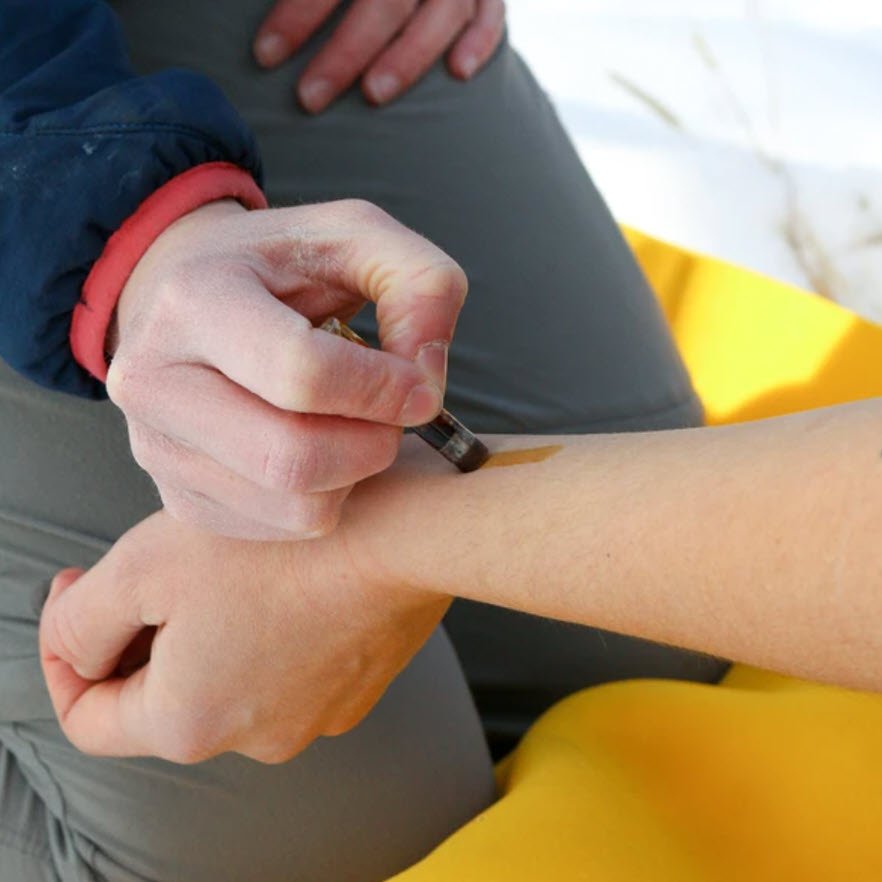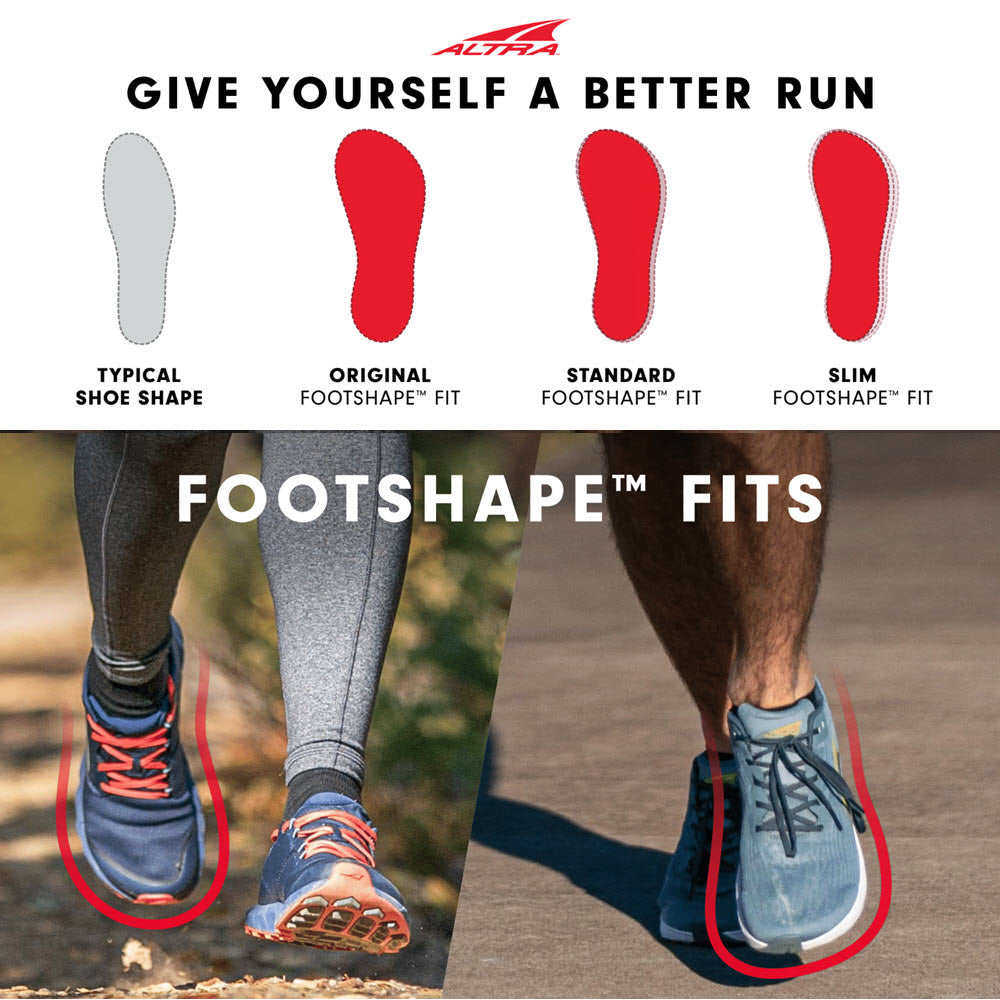Just clarifying, I'm asserting that you should not apply tape over already-formed blisters. No matter whether it is an intact, torn or deroofed blister - don't do it.
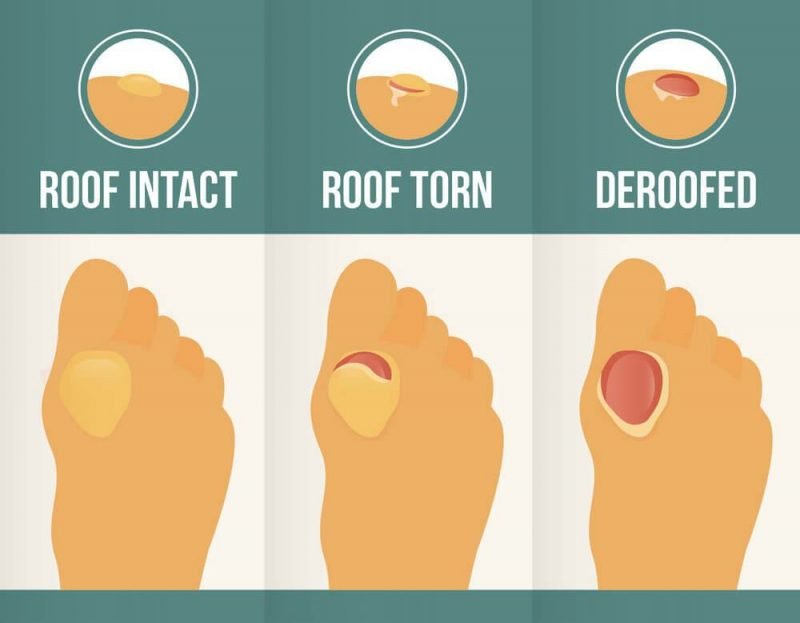
The three types of blisters
Should you tape blisters?
Pros
There are no pros to sticking tape to existing blisters. A simple Band-Aid is what you need.
Cons
1. It won’t absorb any blister fluid
What’s one feature common to a torn and deroofed blister? They weep. So anything you put over your blister needs to absorb that weepiness. Tape does not do this – dressings do.
2. It will rip the roof off
It does not make sense to apply anything adhesive to a blister with an intact roof. Because when the time comes to remove the tape, it will rip that skin off.
3. It will open your blister up to infection
The intact blister roof skin stops germs from getting into your blister. If tape rips your blister roof off, you’ve inadvertently taken a sterile blister and opened it up to the chance of infection.
4. It will slow healing
If you put tape on a torn blister, it will remove what’s left of that loose flap of blister roof skin. What you should be doing is leaving that piece of skin over the raw blister base. It actually accelerates healing.
5. It will remove fragile healing skin
A deroofed blister takes at least a few days to heal. In fact, it can take a week or more, depending on its depth, location and how you look after it. So if you put tape over a deroofed blister, each time you remove the tape to replace it, you’ll be removing valuable healing skin cells. The more you do this, the longer your deroofed blister will take to heal.
6. It may cause a sensitivity reaction
Have you ever read the warning on packaging that says something like: “Do not apply to open wounds”? Anything placed directly onto an open wound is more likely to cause a local sensitivity (or allergic) reaction and/or be absorbed systemically. The adhesives used in some tapes can cause sensitivity reactions on intact skin, let alone an open wound like a deroofed blister.
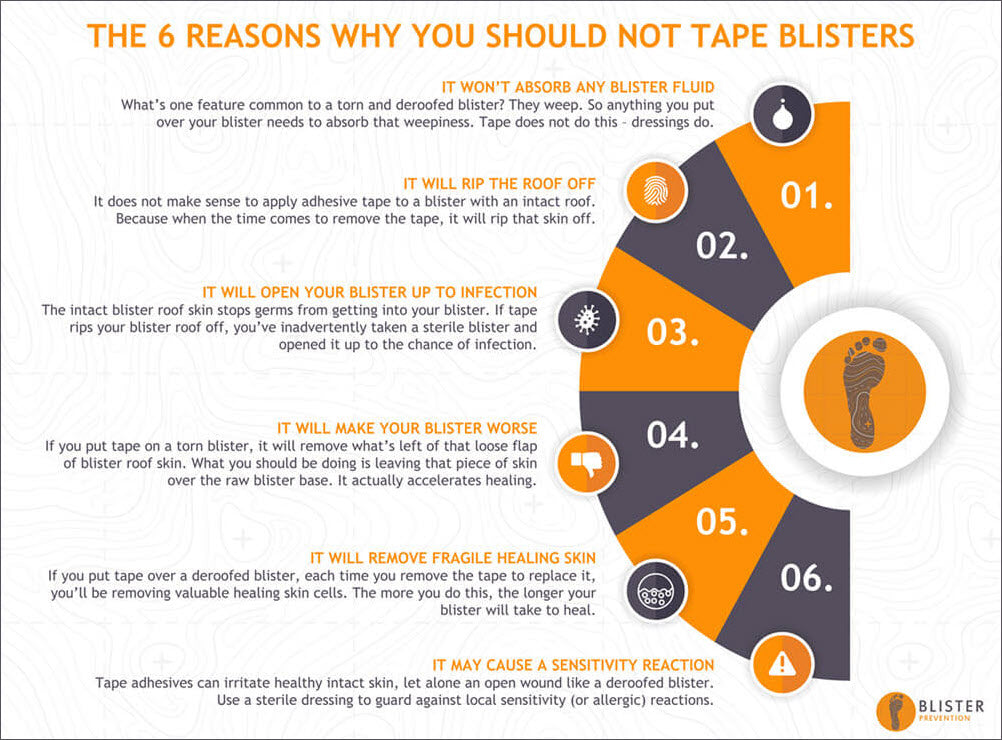
Makes sense, doesn’t it?
So that’s what not to do.
Now find out what to do: How to treat treat blisters instead of taping them.
